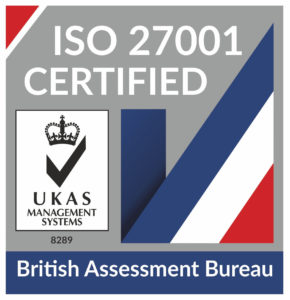
HaloITSM Guides
Documentation to assist with the setup and configuration of the HaloITSM platform
Sales Orders in Halo
Within Halo, it is possible to create sales orders for your end-users to track purchases they have made. Sales orders can be created as stand-alone orders, or as part of an existing request. To enable the sales orders area please head to the configuration module and click the '+' when hovering over the 'Sales Orders' button:
You will then be able to access the Sales Orders area, which can be found via clicking into tho 'Quotes, Orders & Invoices' tab:
Orders can be created via 3 methods; from an existing request (through an action), from an existing quote (through the 'Create Sales Order' button found at the top of the page), or from the Sales Orders page directly.
The following example demonstrates how to create a Sales Order from the 'Sales Orders' page directly, but creating a sales order via the other methods works in a similar fashion.
The first step to making a Sales Order is to create the order itself. This can be done via clicking 'New' found on the top right-hand side of the screen:
This will take you to the following screen:
At this point, you can populate your new sales order with the relevant end-user details along with other core details relating to this sales order (Shipping/Invoice date, SO reference etc..). It should be noted that while the date field is automatically populated with the date that the sales order was raised, this can be manually overridden.
You will also see on this screen an option to add items to the sales order. These can be items that you currently have within your Halo system, or Ad-Hoc items which you do not currently have stored within Halo. When adding existing items from within your system, you will initially see a list of all items:
Upon selecting an appropriate quantity of items you want to add to the order, you will be prompted with a window where you can populate relevant information associated with each item. It is also possible to create a purchase order at this point, which can then be sent to a supplier.
When adding Ad-Hoc items to a sales order, you will be direct to the following window:
At which point you will be able to populate the relevant information for the item.
You may also note that there is an option to define a 'Group'. These groups are configured by clicking the 'Add New Group' button on the main Sales Order page and allow for items to be collated:
Upon clicking 'Save', you will be presented with your new Sales Order!
You will now see a list of options along the top of the screen:
- Edit - This will let you modify the details of the Sales Order.
- Print Preview - This will allow you to view the PDF format, within Halo, of your Sales Order. To edit the PDF layout, please head to Configuration>Reporting>PDF Templates and edit the PDF layout against the Sales Orders area.
- Generate PDF - This will create a PDF of your sales order (formatted as per the preview).
- Send - This will allow you to email your Sales order to the relevant parties
- Create Invoice - This will allow you to create an invoice with all the same information populated based on this Sales Order.
- Delete - This is how you can delete your Sales Order.
Popular Guides
- Asset Import - CSV/XLS/Spreadsheet Method
- Call Management
- Creating a New Application for API Connections
- Creating Agents and Editing Agent Details
- Departments and Teams
- Halo Integrator
- Importing Data
- Multiple New Portals with different branding for one customer [Hosted]
- NHServer Deprecation User Guide
- Organisation Basics
- Organising Teams of Agents
- Step-by-Step Configuration Walk Through



